calsfoundation@cals.org
Office of Lieutenant Governor
The office of lieutenant governor did not exist in territorial Arkansas or in the Arkansas constitution of 1836. Instead, the office was first added in 1864 with the Unionist government led by Governor Isaac Murphy. Governors and lieutenant governors (along with several other statewide offices) were to be elected by the voters of the state to four-year terms. The Reconstruction-era constitution of 1868 also included the office of lieutenant governor.
The two principal tasks of the lieutenant governor are to preside over the Arkansas Senate and to replace the governor should the governor die in office or resign (as several governors have resigned to assume other elected offices, most often United States senator). On the first occasion when this provision was to take effect, Powell Clayton resigned as governor to take his place in the U.S. Senate only after James Johnson was persuaded to resign as lieutenant governor and become secretary of state so that Ozro Hadley, president pro tempore of the Arkansas Senate, would instead become acting governor. Clayton insisted upon this arrangement because of his political disagreements with Johnson and his confidence that Hadley would continue Clayton’s policies in Arkansas.
The new constitution of 1874 did not include the office of lieutenant governor, but a popular referendum in 1914 amended the constitution to restore the office. At first, the office remained vacant, as the Arkansas Supreme Court’s interpretation of popular referenda was that items had to receive a majority of votes from those participating in the election rather than a majority of votes cast on the particular referendum issue. The court reversed itself in 1925 and ruled that its reversal applied to the office of lieutenant governor in 1926, meaning that the election that fall selected the first lieutenant governor of Arkansas since the time of Reconstruction.
From 1926 until 1986, the lieutenant governor served two-year terms; since 1986, the office has been held for four-year terms. Term limits were introduced by initiated constitutional amendment in 1992. Because governors and lieutenant governors are nominated and elected separately rather than as a ticket, they often have different policies. The governor and lieutenant governor of Arkansas have sometimes even been from different political parties—in 1981–1983 when Frank White (Republican) was governor and Winston Bryant (Democrat) was lieutenant governor, and again in 1993–1996 when Jim Guy Tucker (Democrat) was governor and Mike Huckabee (Republican) was lieutenant governor.
Lieutenant governors Harvey Parnell, Jim Guy Tucker, and Mike Huckabee all became governor upon the resignation of their predecessors and were then elected to subsequent terms as governor. Lee Cazort, Bob Riley, and Joe Purcell each served as governor for a few days between the resignation of the then-current governor (usually to assume another office, such as U.S. senator) and the inauguration of the governor-elect. Despite the fact that these three individuals did serve, constitutionally, as governor—complete with inauguration ceremonies of their own and, in the case of Riley, an official portrait—they are not counted in the official list of governors by the Arkansas Secretary of State’s office.
Because the position of lieutenant governor is seen by many as not particularly critical to the functioning of state government, it has been allowed to remain vacant for stretches of time. When Winthrop Paul Rockefeller died on July 16, 2006, state Democratic and Republican officials agreed not to hold a special election, as a regular election was scheduled for later that year. Similarly, in January 2014, when Mark Darr announced his resignation in the face of an impeachment threat over the misspending of state and campaign funds, debate ensued over the need to hold a special election to fill the role; ultimately, it was left unfilled for the remainder of the year.
| Lieutenant Governor | Party Affiliation | Began | Ended |
| Calvin C. Bliss | Republican | 1864 | 1868 |
| James M. Johnson | Republican | 1868 | 1871 |
| Vonley V. Smith | Republican (Min.) | 1872 | 1874 |
| Harvey Parnell | Democrat | 1927 | 1928 |
| Lee Cazort | Democrat | 1929 | 1931 |
| Lawrence E. Wilson | Democrat | 1931 | 1933 |
| Lee Cazort | Democrat | 1933 | 1937 |
| Robert (Bob) Bailey | Democrat | 1937 | 1943 |
| James L. Shaver | Democrat | 1943 | 1947 |
| Nathan Gordon | Democrat | 1947 | 1967 |
| Maurice L. “Footsie” Britt | Republican | 1967 | 1971 |
| Bob Riley | Democrat | 1971 | 1975 |
| Joe Purcell | Democrat | 1975 | 1981 |
| Winston Bryant | Democrat | 1981 | 1990 |
| Jim Guy Tucker | Democrat | 1990 | 1993 |
| Mike Huckabee | Republican | 1993 | 1996 |
| Winthrop Paul Rockefeller | Republican | 1996 | 2006 |
| Bill Halter | Democrat | 2007 | 2011 |
| Mark Darr | Republican | 2011 | 2014 |
| Tim Griffin | Republican | 2015 | 2023 |
| Leslie Rutledge | Republican | 2023 |
For additional information:
Arkansas Lieutenant Governor. http://www.ltgovernor.arkansas.gov/ (accessed March 3, 2022).
Blair, Diane, and Jay Barth. Arkansas Politics and Government. 2nd ed. Lincoln: University of Nebraska Press, 2005.
Donovan, Timothy P., Willard B. Gatewood Jr., and Jeannie M. Whayne, eds. The Governors of Arkansas: Essays in Political Biography. 2nd ed. Fayetteville: University of Arkansas Press, 1995.
Goss, Kay C. The Arkansas Constitution: A Reference Guide. Westport, CT: Greenwood Press, 1993.
Staff of the CALS Encyclopedia of Arkansas
 Politics and Government
Politics and Government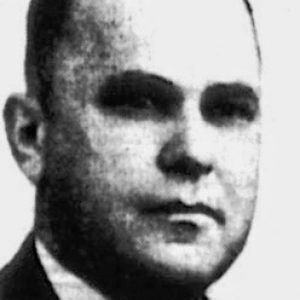 Bob Bailey
Bob Bailey 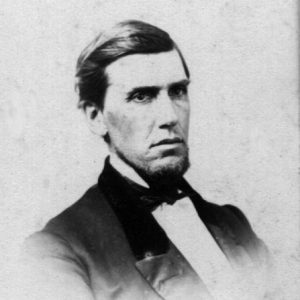 Calvin Bliss
Calvin Bliss 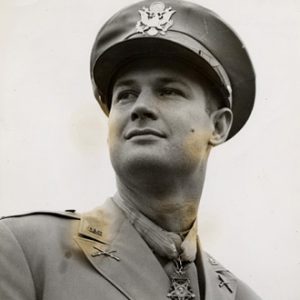 Footsie Britt
Footsie Britt  William Cazort
William Cazort  Nathan Gordon
Nathan Gordon 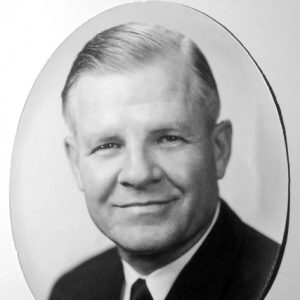 Nathan Gordon
Nathan Gordon 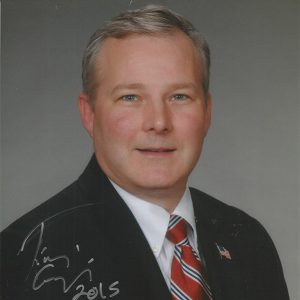 Tim Griffin
Tim Griffin  Tim Griffin
Tim Griffin  Bill Halter
Bill Halter 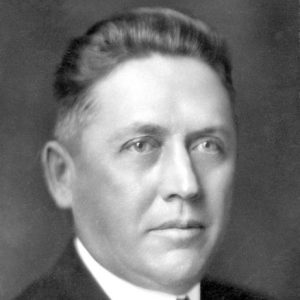 Harvey Parnell
Harvey Parnell 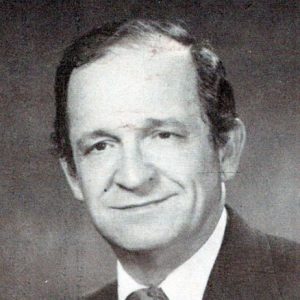 Joe Purcell
Joe Purcell  Ralph Forbes Flyer
Ralph Forbes Flyer 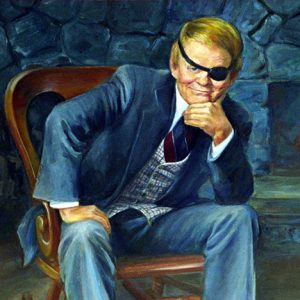 Bob Riley
Bob Riley  Jim Guy Tucker
Jim Guy Tucker 



Comments
No comments on this entry yet.